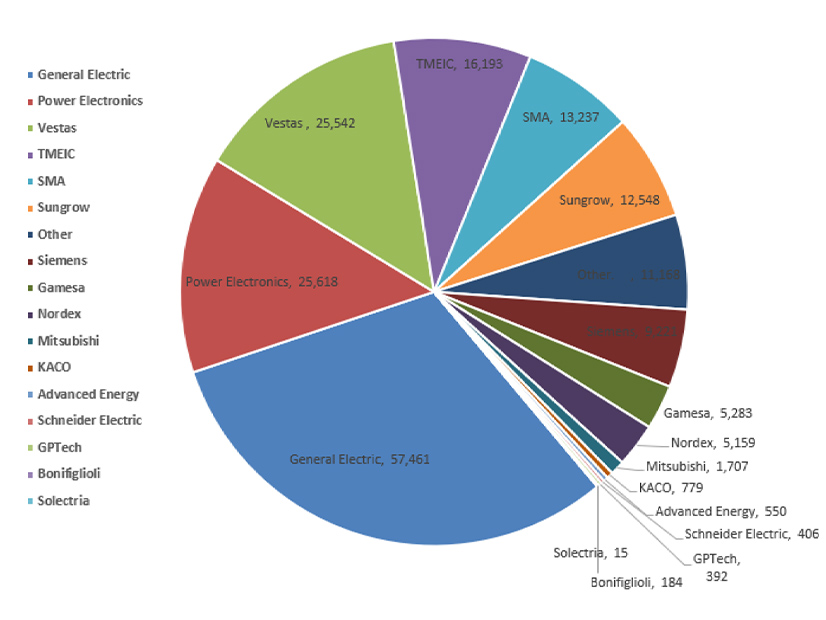The planned restart of the Palisades Nuclear Plant survived a challenge from anti-nuclear organizations March 31, with a panel of judges of the U.S. Nuclear Regulatory Commission deeming their arguments inadmissible.
The three judges on the NRC’s Atomic Safety and Licensing Board Panel declined to grant a hearing to a coalition of anti-nuclear groups: Beyond Nuclear, Don’t Waste Michigan, Michigan Safe Energy Future, Three Mile Island Alert and Nuclear Energy Information Service.
The panel said the coalition’s arguments against steps to resurrect southwest Michigan’s Palisades either lacked factual support or were outside what the NRC was specifically considering for the plant (50-255-LA-3). The groups sought to dispute an exemption and amendments that owner Holtec International first sought from the NRC in 2023.
To restore Palisades, Holtec needs an exemption on the permanent reactor shutdown certifications granted to the previous owner, Entergy, as it was closing the plant in 2022. The certifications prohibit operation of the reactor or placement of fuel into the reactor vessel. Additionally, Holtec needs four license amendments that will allow it to refuel the plant and restart operations as early as fall 2025. The quartet of amendments would alter technical specifications, revise an emergency plan to support the return of operations and update the methodology for studying the potential consequences of a main steam line rupture.
Beyond Nuclear and others entered a request for hearing of Holtec’s exemption and amendment requests in February. (See Anti-nuclear Groups Challenge Palisades Reopening.)
But the panel said the groups and their experts made “bald assertions” about the safety of the plant, the time and costs of repairs, and Holtec’s supposed inexperience with nuclear operations. The judges said the groups’ claims that a restart would not be in the public interest “are conclusory and speculative.”
They also said the groups’ demand that Holtec obtain a new operating license for Palisades and a fresh environmental impact statement were beyond the scope of the hearing request. The groups had said that Holtec should not be able to seek amendments or exemptions on the existing operating license because it no longer allows reactor operations or fuel in the reactor vessel.
“The commission has determined that restart requests will be evaluated using the agency’s existing regulatory framework, which provides for license amendment requests and requests for exemptions from regulations,” the judges said. “Therefore … claims that applicants’ operating license may not be amended or that applicants may not seek exemptions from regulations amount to an impermissible challenge to agency policy and regulations.”
On the matter of requiring an EIS, the judges said the groups merely speculated as to what environmental harms may occur from resurrecting a partly decommissioned plant.
The judges rejected the groups’ criticism that the NRC is “cobbling together” a restart authorization because it has no dedicated regulatory procedure for restarting a closed reactor. The judges decided their argument is inadmissible because it “challenges NRC regulations and policy, relies on conclusory and speculative claims, and does not otherwise raise a specific challenge to the four license amendment requests that are the subject of this proceeding.”
The groups contended Holtec should not get a license exemption under hardship provisions because the company knowingly entered “a difficult situation of its own making” by buying a plant entering decommissioning and then pursuing a restart. They also said Holtec did not prove its restart activities should be categorized under special circumstances that should earn a deviation from normal rules.
But the panel decided those arguments were vague and did not see how they supported denying the exemption request.
The judges did not terminate the proceeding because the anti-nuclear coalition has put forward more challenges to the NRC’s environmental assessment of Palisades.
Groups Keep Sounding Safety Alarm
However, the groups said they were ready to appeal the decision and go to court over the state of Palisades steam generator tubes, which they say are degraded.
Arnie Gundersen, an engineer at anti-nuclear nonprofit Fairewinds Energy Education and an expert witness for the coalition who testified at the pre-hearing trial, maintains that the Palisades steam generators have formed stress corrosion cracks.
“During my 53 years of professional experience, I am unaware of any steam generator, with so many previously known and newly identified flaws, that has not been replaced,” he said in a press release following the panel’s decision. Gundersen added that he had “never been more concerned about the safety of a nuclear power plant.”
The groups contend that Palisades’ original owner, CMS Energy, told the Michigan Public Service Commission in 2006 that the steam generators needed replacing. Entergy did not pursue replacements during operations from 2007 to 2022 because the NRC did not require it, the groups said. Holtec estimated in 2022 that steam generator replacements would cost about $510 million.
“The Japanese parliament concluded that the root cause of the Fukushima Daiichi nuclear catastrophe of 2011 was collusion between the safety regulator, Tokyo Electric and government officials,” Beyond Nuclear’s Kevin Kamps said in the same press release. “There is such potentially catastrophic collusion in spades at Palisades, between the ASLB and NRC, Holtec and government officials here. The entire Great Lakes region is being put at risk.”
Meanwhile, Holtec’s progress on Palisades continues on other fronts. On March 17, U.S. Energy Secretary Chris Wright announced a $56.8 million loan disbursement for Holtec, the second part of the Department of Energy’s $1.52 billion in loan guarantee for Palisades.

